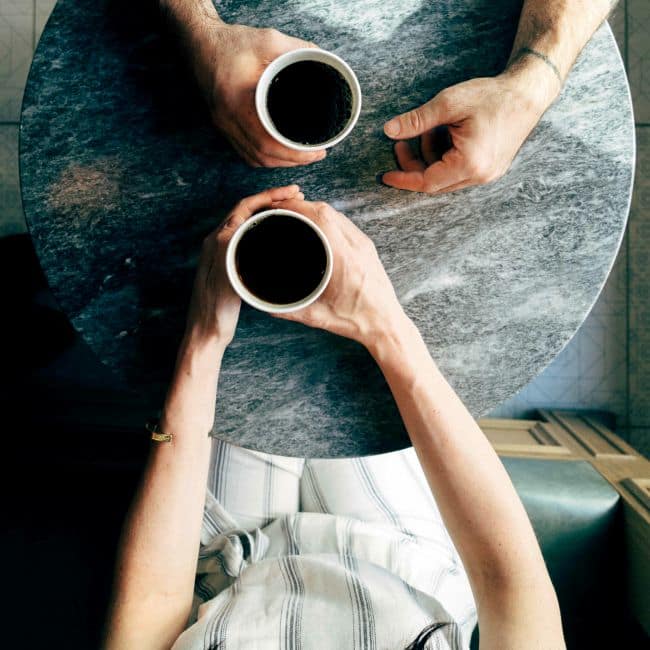Widely regarded as a shopping district to the uninitiated, U Street was a hotbed for live music and dance after sunset. A place for expression and collective catharsis during one of the country’s most tumultuous periods.
For Sam Burns, Northwest DC in the 60’s was a considerably disparate scene.
The U Street area had been the nucleus of black culture in the city. Stretching back to the early days of jazz when Duke Ellington first snuck into Frank Holiday’s Pool Room (now a brewpub) to play piano.
Decades of artistic proliferation and progressive social movements made U Street somewhat of an avant-garde. The community was defined by creative expression, opportunity, and inclusivity. While buildings and residents have changed over the years, Burns maintains that the neighborhood’s distinct culture lives on.
Meet Sam “The Man” Burns
Sam “The Man” Burns is a true Washingtonian. Born in ‘57, he’s been a prominent figure in the music scene as a forerunner to the post-disco house movement, an eminent DJ, and a mentor to some of DC’s younger generation of record-spinners.
Burns detailed growing up in NW in the late 60’s as a markedly different experience than the post-gentrification mix of hipster-chic bars, upscale boutiques, and every shade of music venue. “The U Street I grew up on had a lot of businesses going on,” says Burns. “Movie theaters, so many little restaurants, and other spots. And the nightclubs were just that. Night. Clubs.”
While social unrest at the turn of the decade plagued U St. businesses, music venues became bastions of egalitarian gatherings.
“Music moves people on a humanitarian plateau,” says Burns. It’s enriching and empowering to see human beings coming together and rejoicing. There’s nothing better.”
U Street Music Begins to Flourish
For many, the District’s NW corridor had two antithetical faces in the 70’s.
Like many urban communities, the injustices of the 60s gave way to frustration. A feeling that precipitated riots and a surge in drug use. Businesses struggled and closed as Washingtonians avoided what was increasingly regarded as a dangerous area, further perpetuating the vicious cycle.
While the struggles of NW made headlines and had city officials scrambling to implement rejuvenation projects, U Street’s music scene was flourishing.
Soul and funk steadily gained popularity, the movements coalesced. Though the Shaw neighborhood had remained an established jazz haven since the 1920’s, this was the first time it became the epicenter of musical trailblazing since the days of Duke Ellington.
The Emergence of DC’s Unique Sound
Shaw became the indisputable hotspot for the new sounds of soul and funk in the region. As notoriety spread, matchbox venues began booking big name artists.
Gradually, U Street’s discouraging reputation became overshadowed by its reemergence as the District’s heart of black culture. Jazz was as prevalent as ever, while the stylistic intermingling of soul and funk opened new doors for musical expression, and would eventually give rise to gogo music – a fusion of soulful blues scale melodies, funk progressions, and poetry that defined DC’s musical style alongside New York, Detroit, Memphis, and New Orleans.
To hear Sam tell it, the importance of music during the 70’s can’t be overstated. It was a salve for fresh wounds following the civil rights struggle, a counterbalance to malaise, disillusionment, and violence in its aftermath, and a positive force through which the community reaffirmed its identity. NW seemed to have come back from the brink of existential crisis, and there was a sense of reluctant optimism throughout the late 70’s.
It was during this time that Sam “The Man” Burns was first thrust behind a turntable while working the door at a local club. “I was nervous as hell, couldn’t focus and put the needle down in the wrong place,” says Burns. “I was just overwhelmed and quickly found out, as long as I played Chuck Brown’s Bustin Loose, I was fine.” DC’s Go-go style was gaining national popularity, led by the city’s own “Godfather of Go-go”, and U Street was in the middle of the vanguard.
Rock Bottom and Renaissance
For all the good music brought about, Shaw’s social and economic woes continued to plague the community into the 80’s.
A fresh drug epidemic seized NW, while the popularity of its music scene led to outside investment and development.
The term gentrification gets thrown around quite often in these stories for good reason. Businesses that had previously boarded up lacked the capital to simply reopen when people started coming back to U Street, and those that had held on were faced with higher costs as they were encircled by new development.
Simultaneously, the punk movement was gaining steam with the opening of the 9:30 club – a huge draw for young crowds as the first all-ages venue in the region.
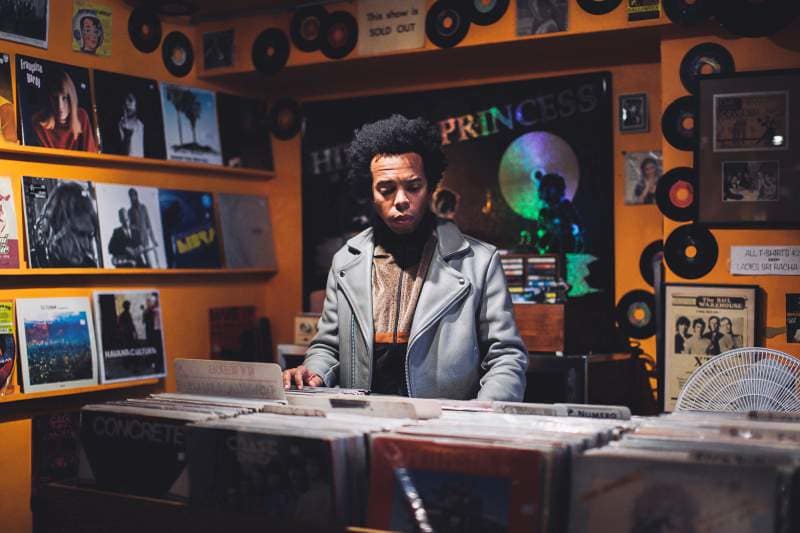
“It really wasn’t until the 90’s that the clubs started flourishing,” says Burns. “All you need is one or two spots, and there was Bar None, Republic Gardens, and State of the Union.
These were at the forefront of the renaissance. You had a few other spots opening up, but each one of them had their own idealism about what the scene was going to be. Smaller venues like Metro Cafe popped up, and there was just a lot of creativity.
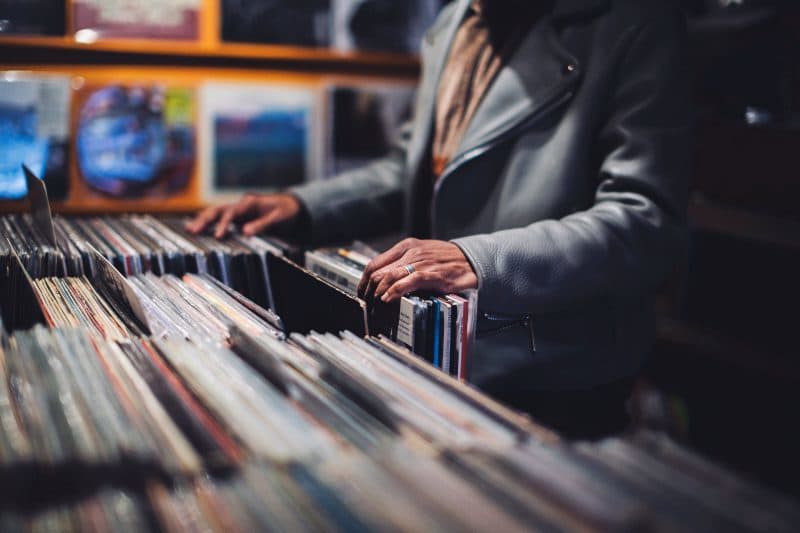
Spoken word poetry saw a resurgence in the early 90’s alongside rejuvenation of the club scene. Spearheaded largely by Marc Barnes- a visionary club mogul whose endeavors throughout the District birthed the city’s largest clubs to date.
Barnes’ legendary parties and fix-it mentality focused on classing up venues with unparalleled VIP service, dress codes, and top-billed shows. Newly renovated clubs drew high-caliber live performances, while themed dance parties and house music saw DJs becoming celebrated in their own right.
Previously seen as filler between live sets, DJs were increasingly the main attraction, giving rise to a group of local celebrities, each boasting a distinct style. For Sam, the commercialization of African American culture led him to incorporate sounds which would remind audiences of their roots; “I started incorporating jazz, funk, and gospel in my house music; I went against the trend because I thought black people should have an alternative venue for finding information and expressing themselves.”
Heyday for DJs and DC’s Club Scene
In the late 90’s, Dominic Redd (later known as DJ Dredd) first stepped into the DJ scene and connected with Sam Burns. “He was kind of a personal hero of mine because of his persona and the way he treated people. He was really knowledgeable, and was someone I looked up to and cared deeply about in terms of his of his craft.” Dominic got his start at Metro Cafe, and quickly moved on to popular venues around U Street and Adams Morgan. This period shaped the NW club scene as it’s known today, consisting largely of venues bankrolled by Marc Barnes and other outside investors such as Black Cat, The Park, and Velvet Lounge.
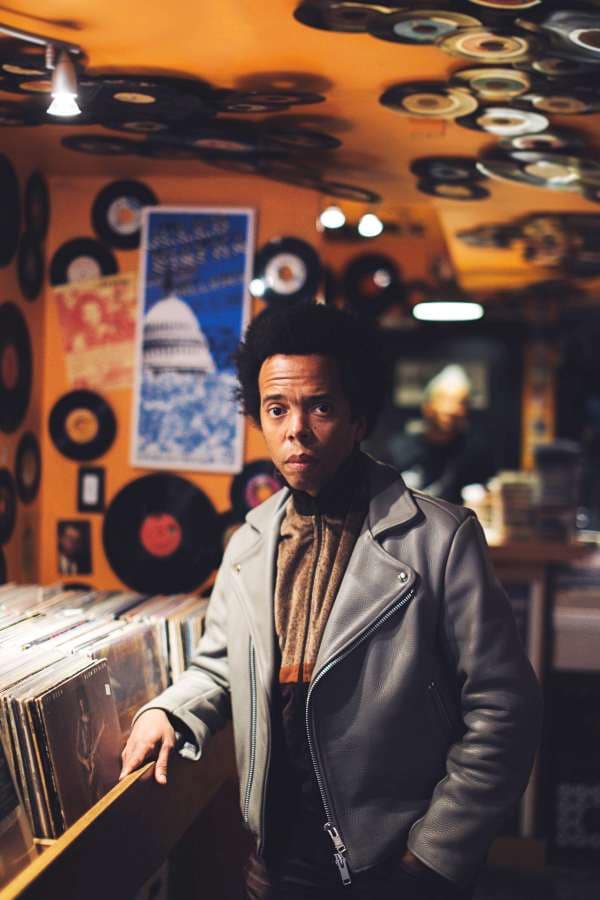 The live music scene was becoming more eclectic, particularly at Black Cat and 9:30 Club, while established venues hosted themed nights featuring prominent local DJs spinning everything from reggae to house on a weekly basis. DJ Dredd described making a name for himself by organizing Prince dance parties. The events were popular and springboarded his career as a professional disc jockey.
The live music scene was becoming more eclectic, particularly at Black Cat and 9:30 Club, while established venues hosted themed nights featuring prominent local DJs spinning everything from reggae to house on a weekly basis. DJ Dredd described making a name for himself by organizing Prince dance parties. The events were popular and springboarded his career as a professional disc jockey.
“I started doing these Prince dance parties, that grew and grew,” says Dredd. I started getting other gigs at Aroma in Cleveland Park, that became a pretty big deal in D.C., as well as Blue Room in Adams Morgan, that ended up growing into a well-known scene. At one point, I had some great gigs at places that turned out to become established as big scenes in terms of popularity and longevity.”
“I don’t see things dropping off for U St. It’s a neighborhood with a lot to offer. Whether you’re a consumer or a musician or an artist or a DJ, the possibilities are endless.”
According to DJ Dredd, Shaw’s changing landscape has been little hindrance to its vibrant music scene. “U Street with all the development has lost a lot of places. There are venues fortunate enough to still be around. I still play at Dodge City and Black Cat, which have survived changes. The philosophy is one of respect for DJs and artists.”
A New Path for Independent Artists
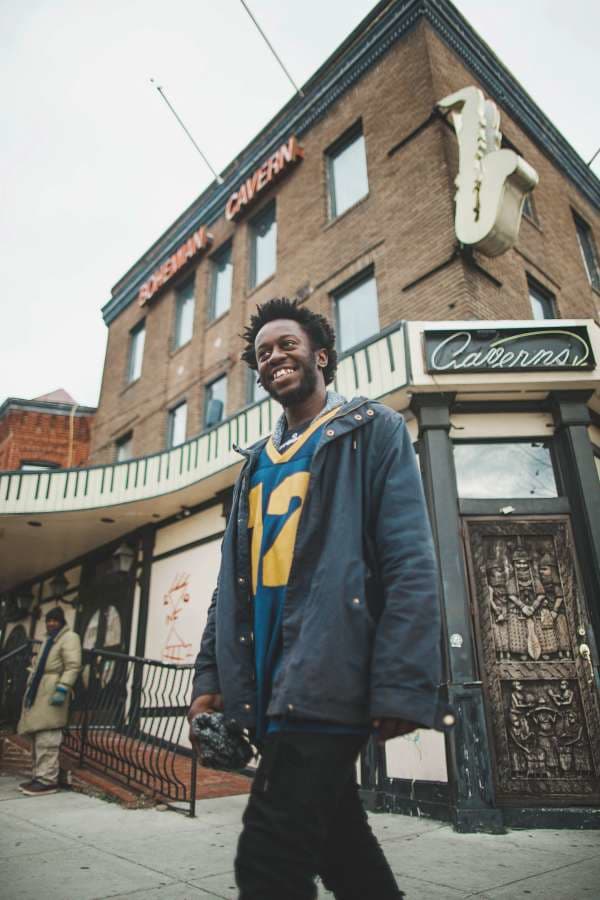
Alongside the clubs and live music venues for which U Street is known, a new movement emerged in the early 2000’s known unofficially as the “DIY scene.” A loose collective of self-produced artists whose path to gaining exposure broke with traditional models. This was the experience described by Sir E.U., a local rapper who first came on the scene as a teenager. “My first show was at Bohemian Caverns on U.
It’s closed but was a real historical jazz spot. I was let in by Jamal Gray, son of jazz legend Jimmy Gray. Jamal did a great job of carrying the torch in the local circuit as it headed from jazz to rap. He snuck me into Bohemian Caverns when I was 16, and that was the beginning of our relationship.
He had a company called the Carryout Productions. They hosted hundreds of DIY events that platformed people and gave them a voice. I became a staple in that circuit and started performing as often as possible. Nowadays we play at Velvet Lounge or other venues around Howard.”
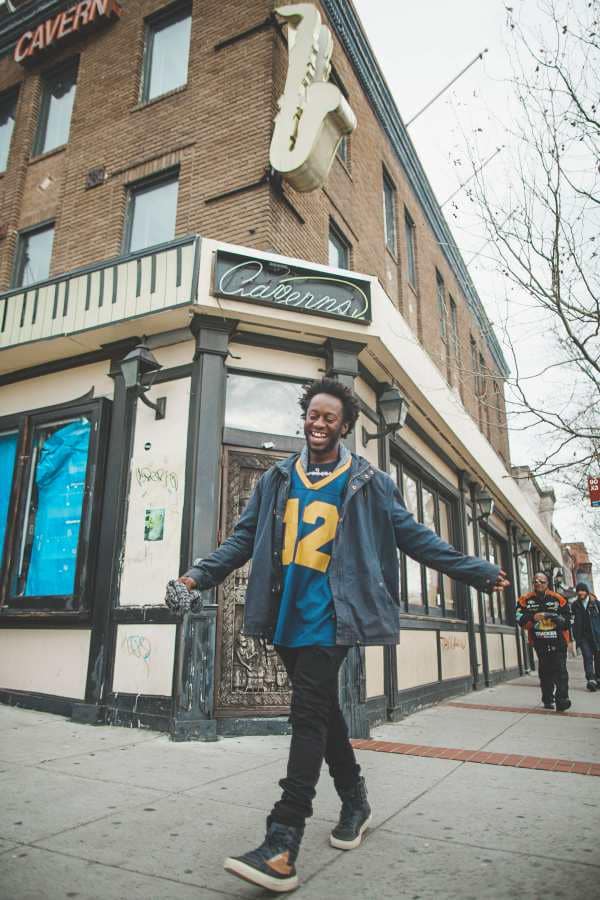 The DIY scene at its core is a democratizing movement. Relying heavily on social media, grassroots sites like Bandcamp, and word of mouth.
The DIY scene at its core is a democratizing movement. Relying heavily on social media, grassroots sites like Bandcamp, and word of mouth.
Sir EU explained, “[U Street] bred a culture of DIY entertainment in the city. It’s safe to say for my generation that you can support yourself and express yourself to some degree. That you can put yourself out there. And that’s the wave right now in DC. People are doing what they have to do to showcase themselves because no one’s gonna do it for you.”
The Modern Face of U Street Music
Today, U Street tells the tale of its modern history. Each period of the last fifty years evidenced within a few city blocks.
Pre-1970’s relics such as the Lincoln and Howard Theaters have been restored as contemporary venues. Other historic spots have been repurposed, such as Little Harlem and Frank Holiday’s Poolroom (a barbershop and brewpub, respectively). Some establishments remain boarded up in their original state, such as Bohemian Caverns and Republic Gardens.
Abandoned spaces stand as visible scars from the 70’s and 80’s and pepper the neighborhood alongside fresh boutiques and hipster dives.
Throughout the years, U Street’s music scene has evolved into the diverse medley it is today.
Despite the many changes, or perhaps because of them, a sense of optimism permeates the neighborhood. “I just see things continuing to move in a good direction musically,” says DJ Dredd. “I don’t see things dropping off for U St. It’s a neighborhood with a lot to offer. Whether you’re a consumer or a musician or an artist or a DJ, the possibilities are endless.”
Photography by Leah Beilhart



